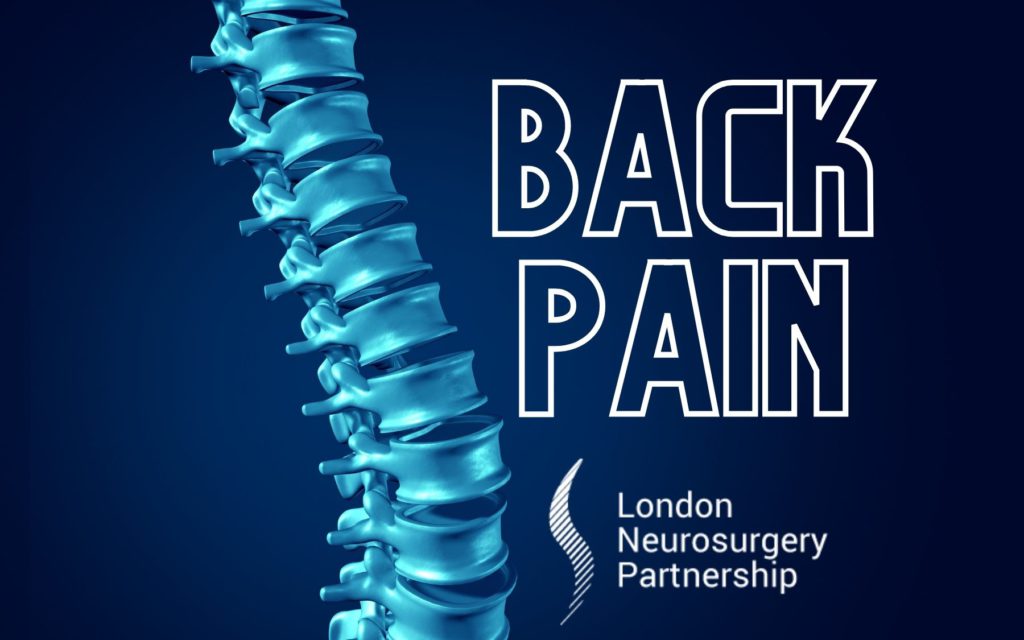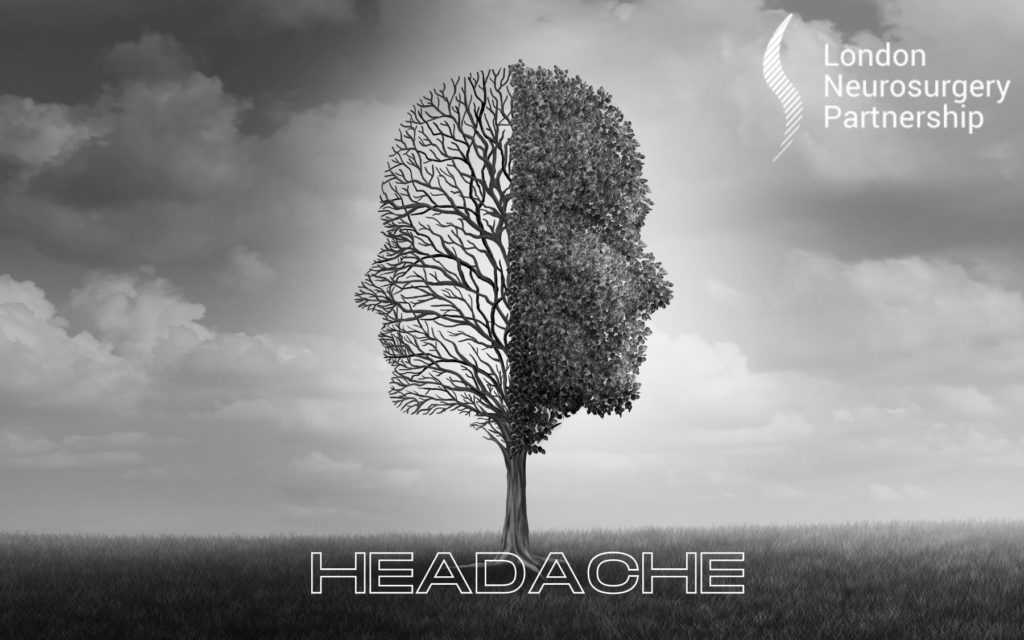
Craniosynostosis is a birth defect where the fibrous joints in the baby’s skull close too early before the brain is fully formed. As the skull bones (sutures) have fused, the brain will still continue to grow and expand as the baby develops over which will lead to abnormal and misshapen appearance.
Metopic Craniosynostosis – The metopic suture which is also known as the frontal suture runs from the soft spot (fontanelle) to the top of the nose. A condition that affects more males then females, metopic craniosynostosis causes an abnormal triangular shape at the front of the skull and early fusing can cause the eyes to become closer together.
Coronal Craniosynostosis – The coronal sutures begin from each ear to the top of the skull, when fused prematurely this can cause a very uneven appearance with reduced growth on one side of the skull and excessive growth on the opposite side of the skull. Some patients will have flat foreheads and a raised eye socket on the affected side.
Sagittal Craniosynostosis – Also known as scaphocephaly, this is the most common type of craniosynostosis. The sagittal suture runs from the front to the back of the skull. When this is prematurely fused, it can cause the skull to become long and narrow from side to side. This condition is also more prevalent in males than females, yet the reason for this is still unknown.
Lambdoid Craniosynostosis – This is a rare type of craniosynostosis which occurs when the lambdoid suture which runs along the back of the head, fuses before birth. It can cause the head to become flattened, one ear to be higher than the other and tilting at the top of the head on one side alone.
Craniosynostosis can be diagnosed at birth from a physical examination. To further diagnose and investigate the condition, imaging such as MRI and CT scanning will be organised.
Not all cases need treatment but the primary treatment can be surgical. The aim of the surgery will be to reduce any pressure on the brain and reshape the skull and allow space for the brain to grow. After surgery and during recovery, the skull will have more of a normal appearance and lots of room for the brain to grow.
If your baby has been diagnosed with craniosynostosis or your worried your baby may have this condition, please give us a call on +44 (0) 207 034 8709 and book an appointment with our dedicated paediatric neurosurgeons Mr Sanj Bassi and Mr Christopher Chandler.
This article is intended to inform and give insight but not treat, diagnose or replace the advice of a doctor. Always seek medical advice with any questions regarding a medical condition.
Back to brain conditions or craniofacial conditions.





0 Comments